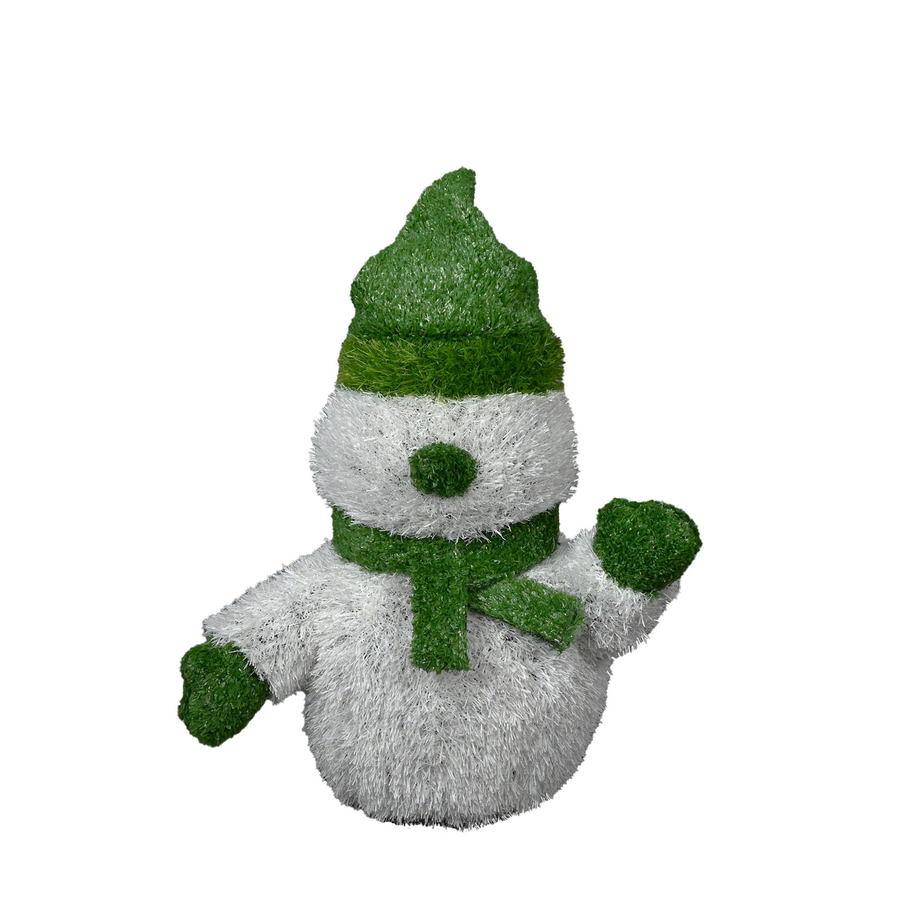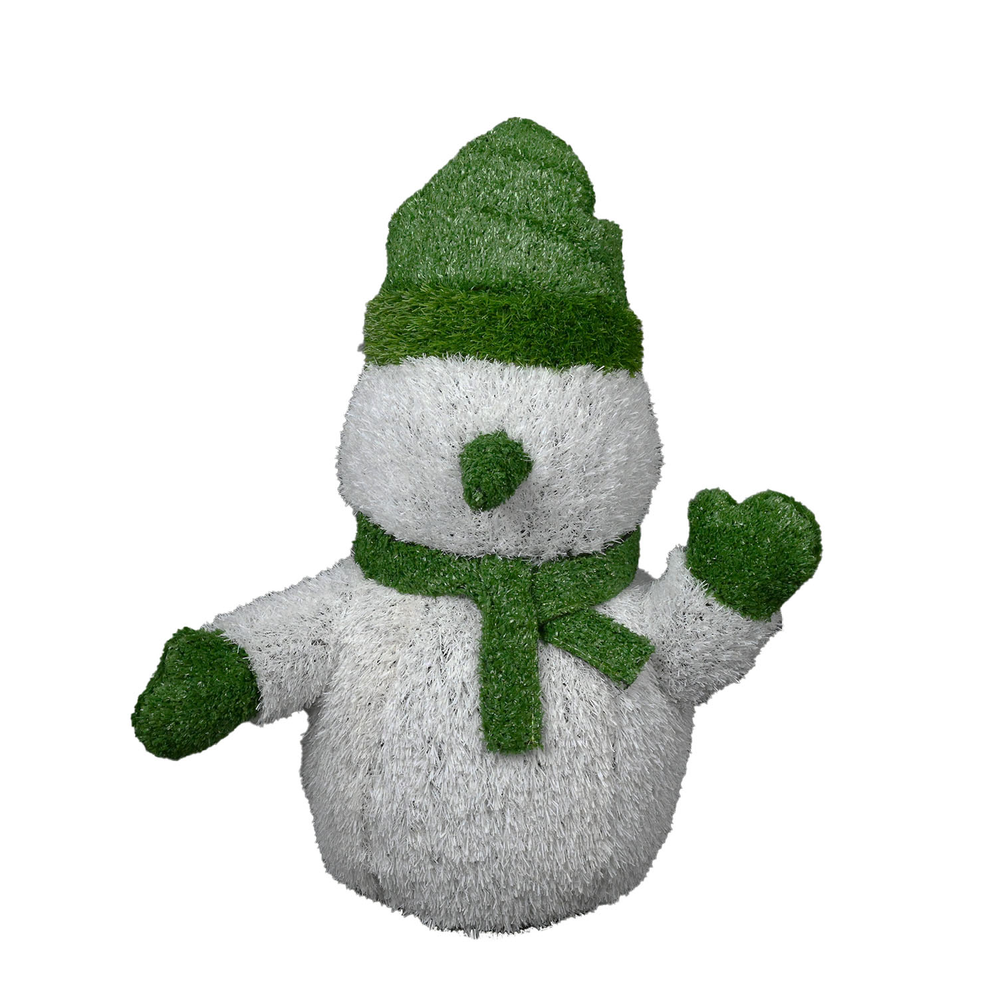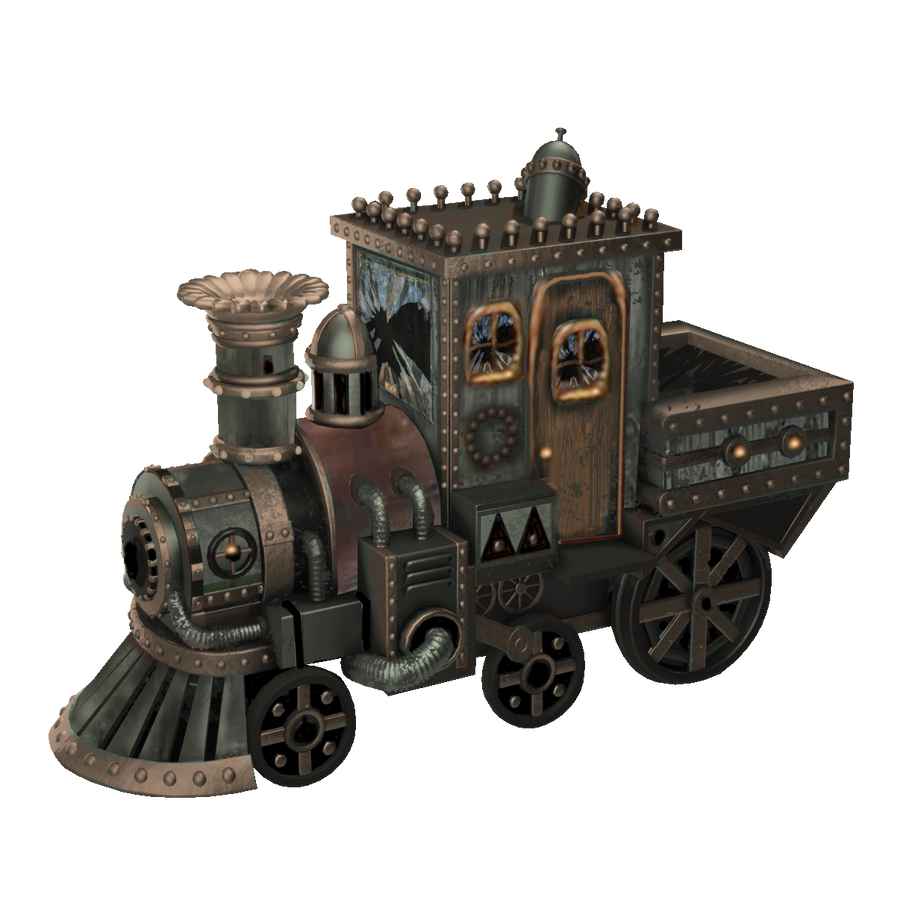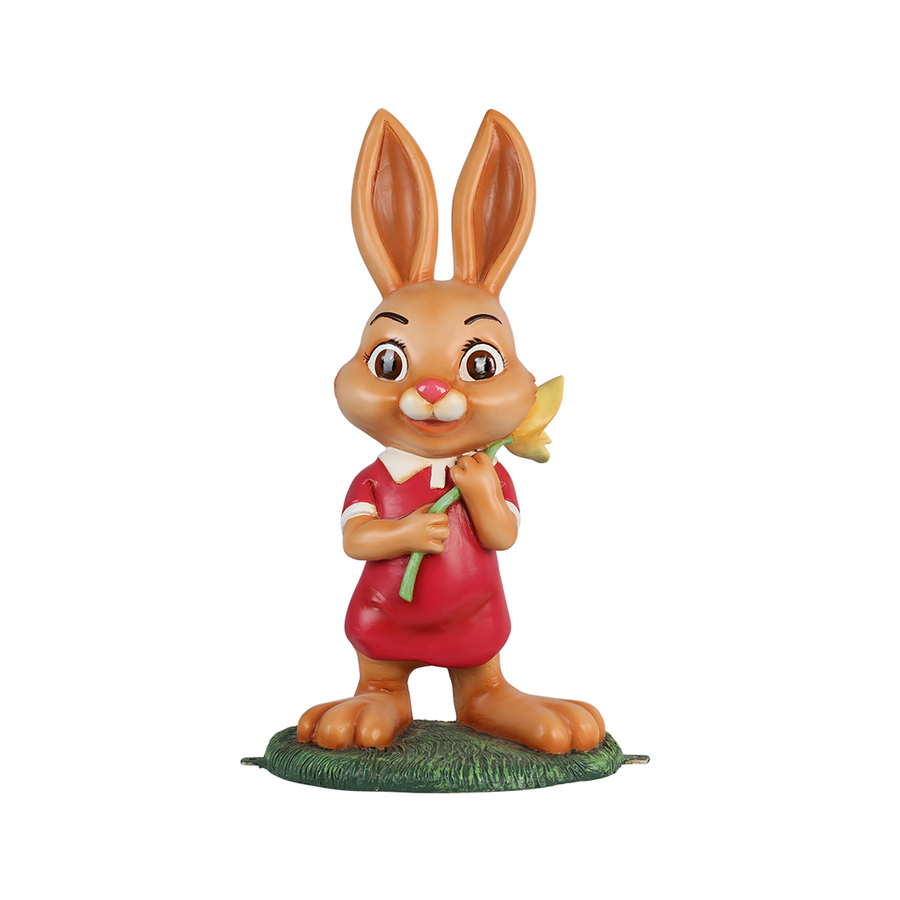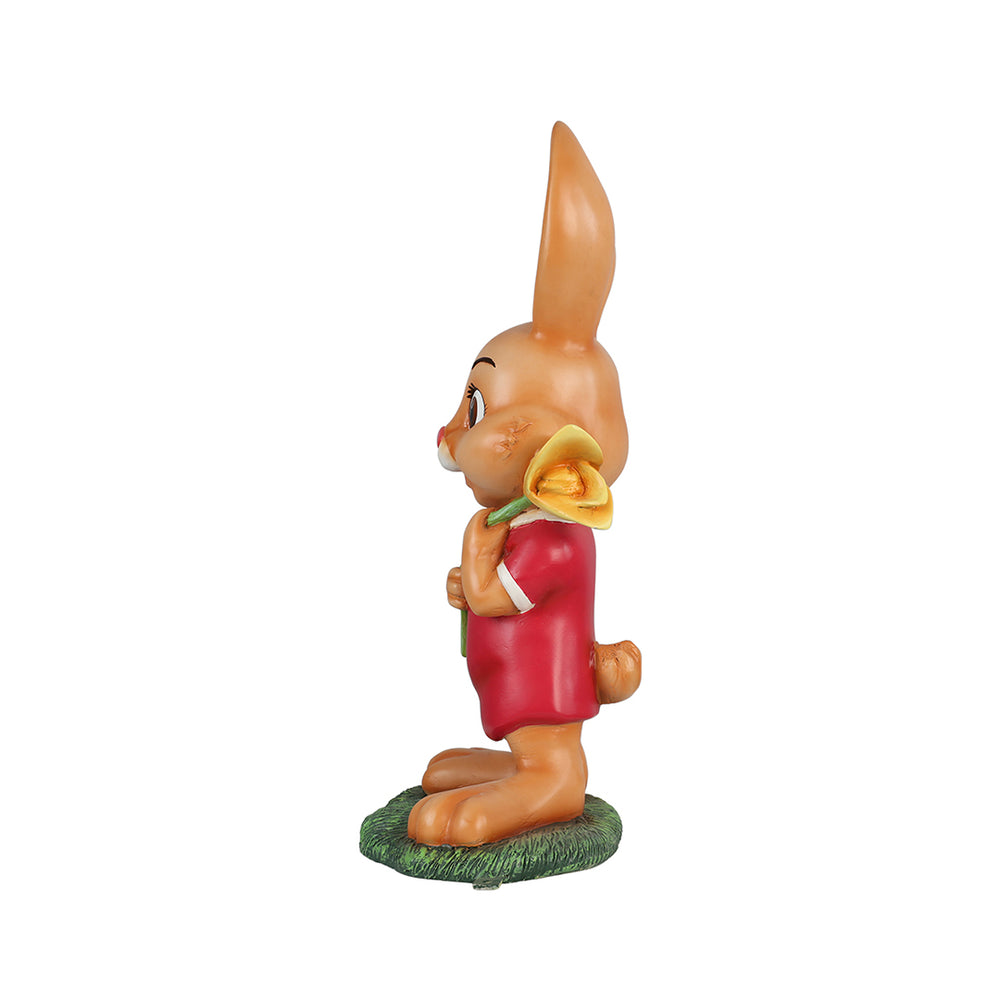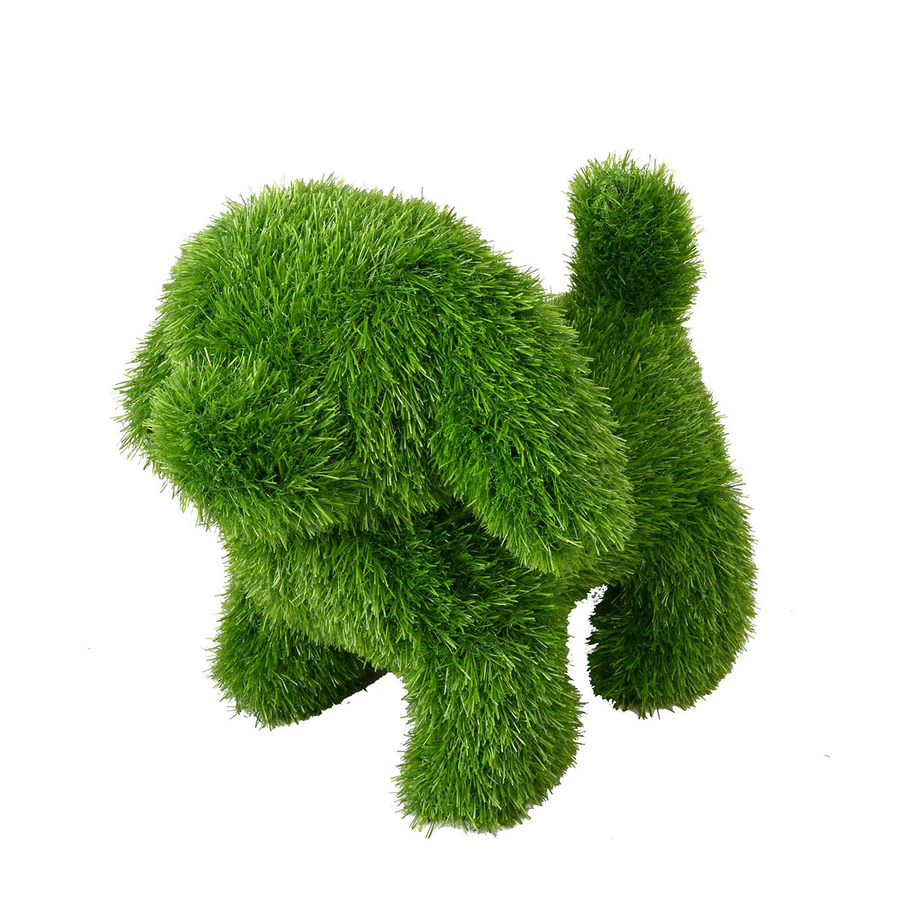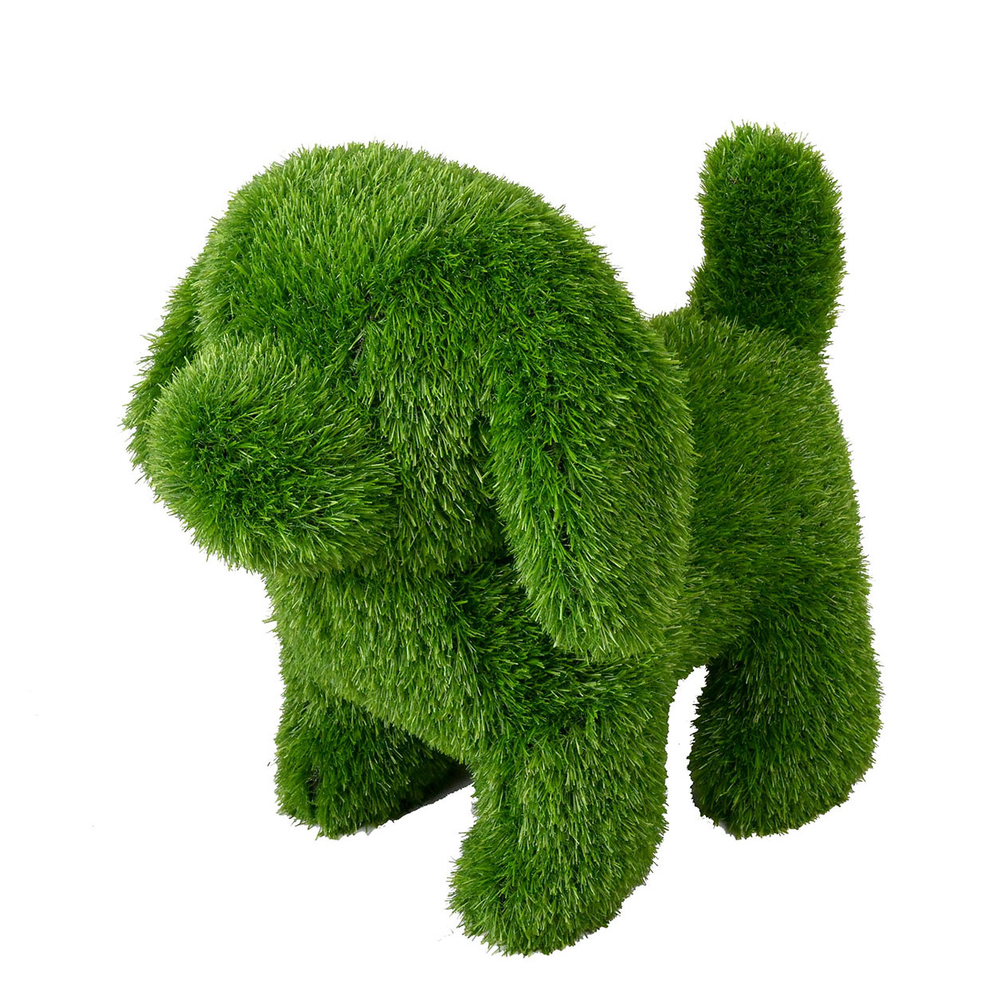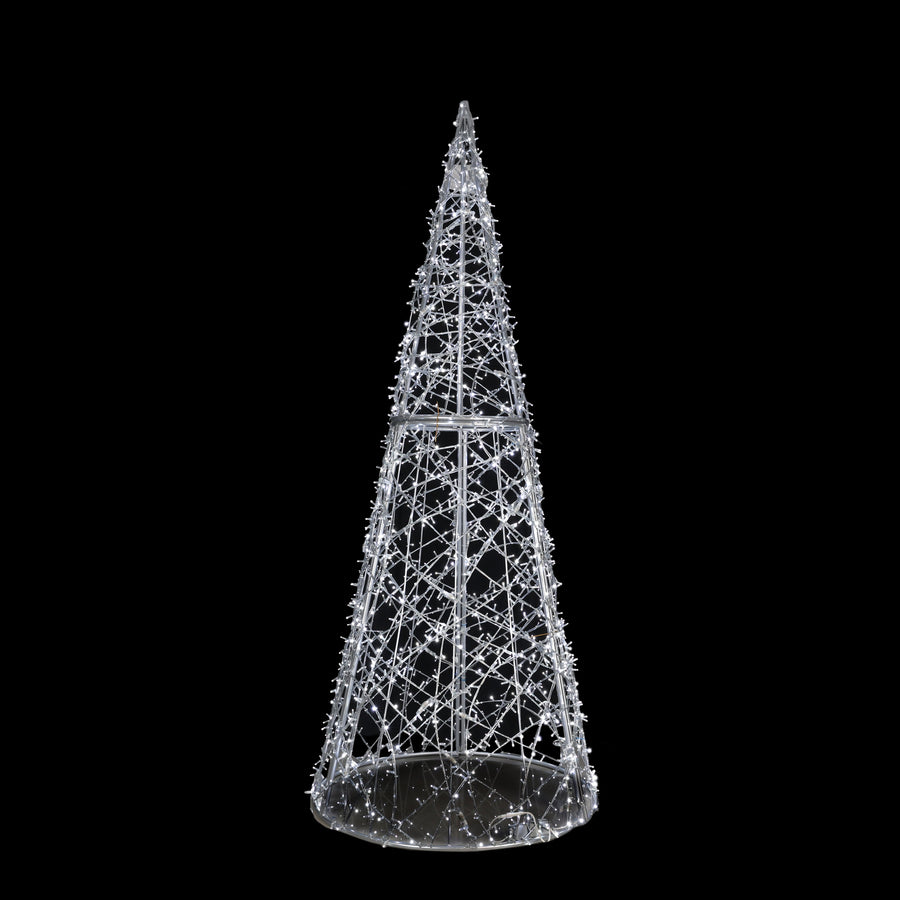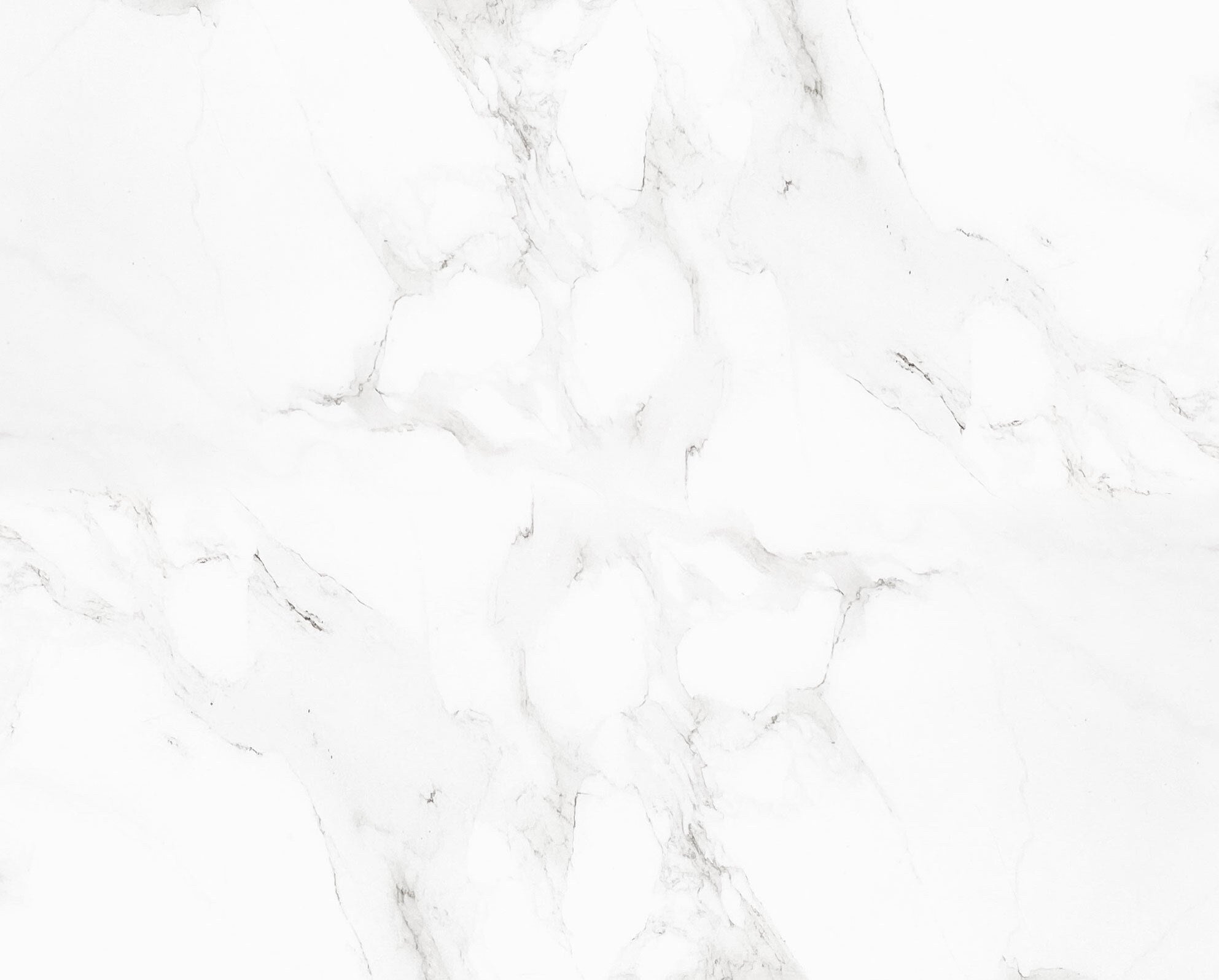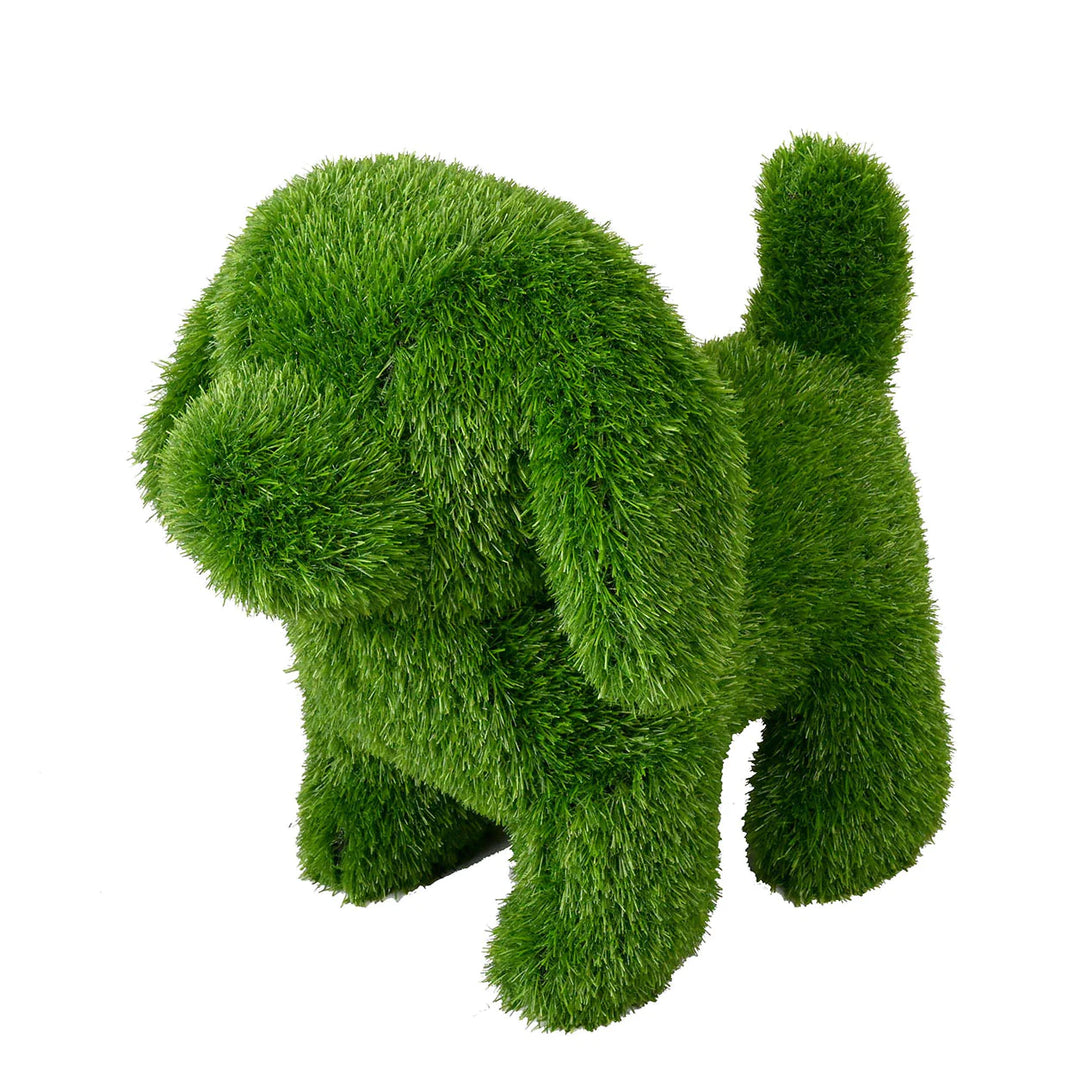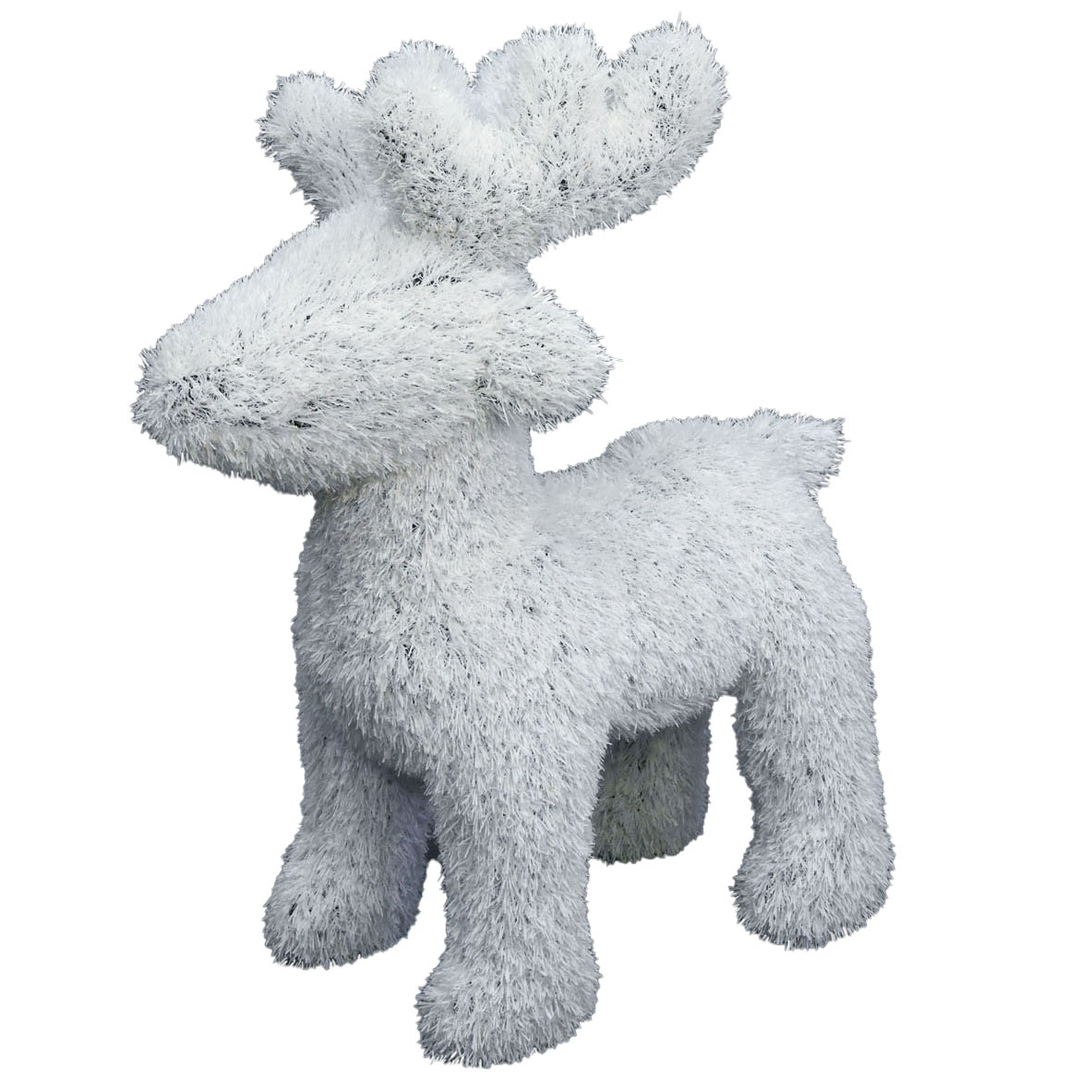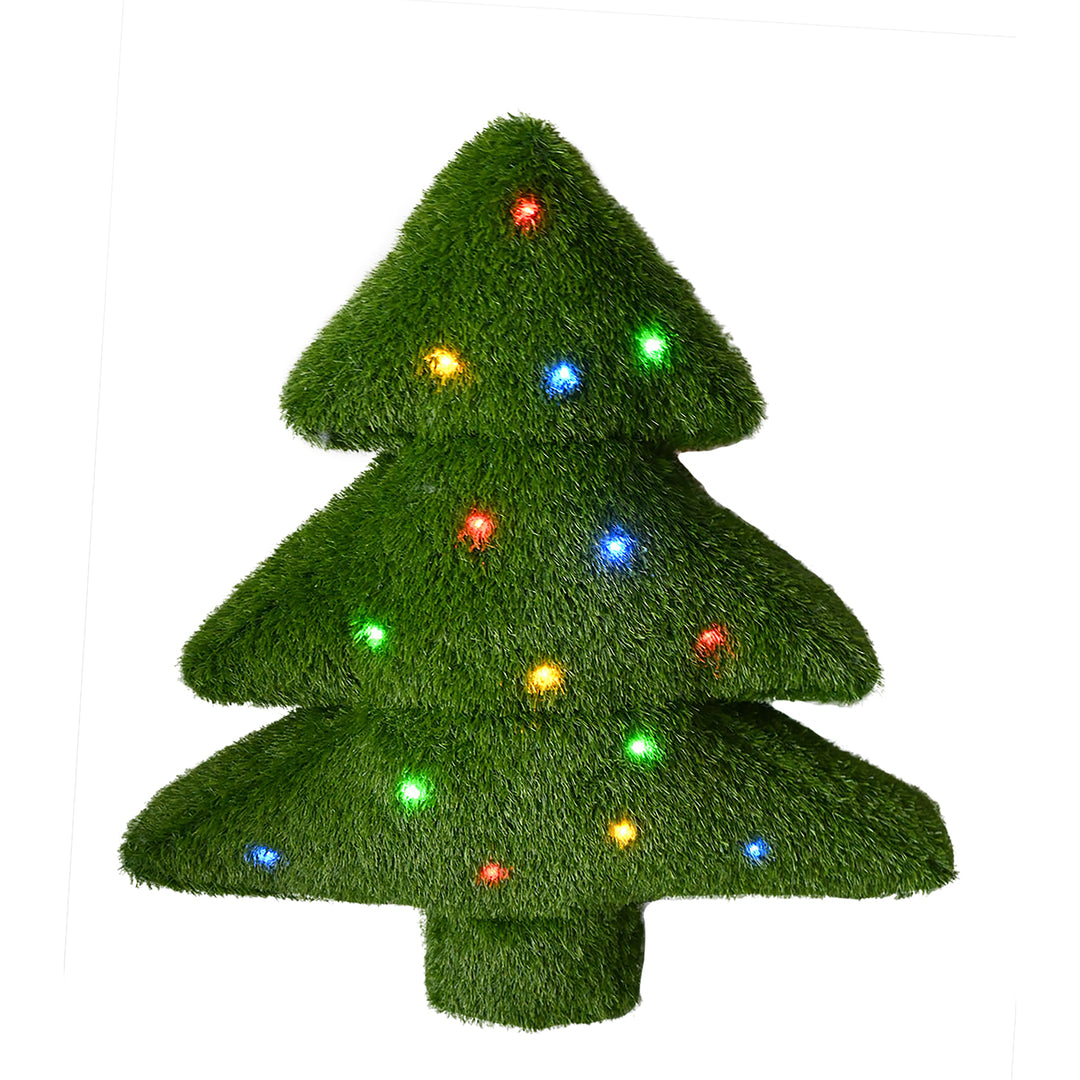Unmasking the Popularity of Halloween in the United States
Halloween, a holiday with ancient roots, has become an incredibly popular and widely celebrated event in the United States. With its unique blend of spooky decorations, costumes, and trick-or-treating, Halloween has captivated the American imagination. In this article, we will explore the factors that have contributed to the exponential rise in popularity of Halloween in the United States.
- Historical and Cultural Origins:
Halloween traces its origins to the ancient Celtic festival of Samhain, which marked the end of the harvest season and the beginning of winter. As Irish immigrants brought their traditions to America, Halloween gradually assimilated into American culture. Over time, it evolved into a holiday known for its festivities and playful activities, capturing the imagination of both children and adults.
- Celebration of Individuality and Creativity:
Halloween allows people to embrace their individuality and creativity. It provides an opportunity for individuals to don costumes and assume alter egos, whether as superheroes, monsters, or iconic characters. This celebration of imagination and self-expression resonates with Americans who appreciate the chance to step outside their everyday lives and inhabit a different persona, even if just for a night.
- Community and Neighborhood Engagement:
Halloween has a unique ability to bring communities together. From neighborhood trick-or-treating to local parades and festivals, the holiday encourages people to engage with their neighbors and create bonds. It provides an occasion for communities to connect, foster a sense of belonging, and promote a positive neighborhood atmosphere. Halloween acts as a catalyst for social interaction, strengthening community ties and creating shared experiences.
- Commercialization and Consumer Culture:
The commercialization of Halloween has played a significant role in its popularity. Retailers have capitalized on the holiday, transforming it into a lucrative industry. The availability of a wide range of Halloween-themed products, such as costumes, decorations, and candy, has fueled the enthusiasm and excitement surrounding the holiday. The marketing efforts and extensive availability of Halloween merchandise have made it easily accessible to individuals of all ages, further contributing to its popularity.
- Media Influence and Entertainment Industry:
The entertainment industry, including films, television shows, and media coverage, has greatly influenced the popularity of Halloween. Horror movies, spooky TV specials, and the media's coverage of elaborate Halloween displays and haunted attractions have contributed to the holiday's widespread appeal. The portrayal of Halloween in popular culture has created a sense of intrigue and excitement, drawing people into the festivities and encouraging participation.
- Cross-Cultural Exchange and Adaptation:
Halloween has also gained popularity through cross-cultural exchange. As the United States has become more diverse, cultural practices from different communities have merged with the traditional Halloween celebrations. For example, Day of the Dead traditions from Mexican culture have blended with Halloween, creating a unique fusion of festivities and expanding the scope of the holiday's appeal.
Conclusion:
The popularity of Halloween in the United States can be attributed to a combination of historical roots, celebration of individuality, community engagement, commercialization, media influence, and cultural adaptation. The holiday's ability to bring people together, promote creativity, and provide an escape from everyday life has captivated the American imagination. As Halloween continues to evolve, it will undoubtedly maintain its allure, captivating new generations and remaining an integral part of American culture for years to come.


